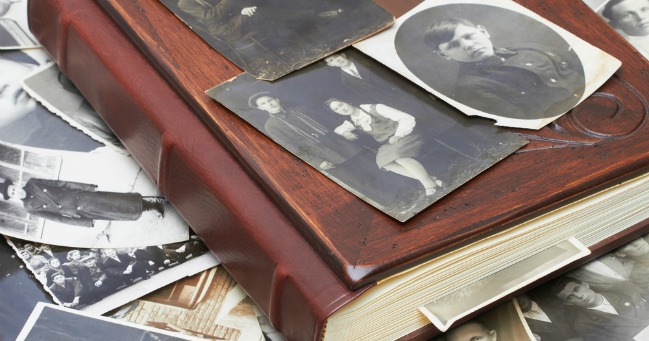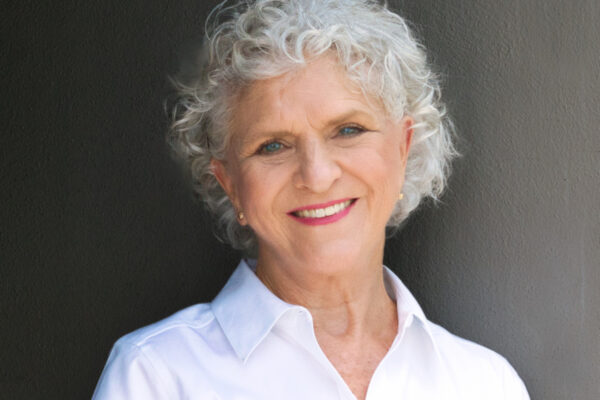Indiano was the name given to Spanish returnees from the American colonies, successful emigrants who struck it rich in the New World and returned to Spain, prosperous and powerful. Few did, of course.
I have written elsewhere that in the emigration-immigration phenomenon there lurk in the shadows of the undertaking chagrin, uprootedness, severance of family and cultural ties, remorse, longing, escape from poverty, a quest for a better life, a promise of return, a definite personal oath of “I’ll show’em.”

The road of emigration
The road of emigration was and is paved with pain and plenty of emotional suffering, undertaken only by those who have an iron will, the risk-takers, the adventurers; those non-conformists who are unhappy with their lot, with injustice, and seek to redress it by emigrating.
Spaniards in search of El Dorado; English pilgrims running away from religious persecution… Risk-takers, people who defy destiny, courageous spirits with torrents of resolution.
Many of those who leave their country have in mind a future return, perhaps in midlife, after making it, after striking it rich.
Unfortunately most are met in their new country by the same poverty and lack of freedom they left behind. The prejudice and animosity of the earlier settlers never make it easy for the newcomer.
The exceptional few who left Spain poor and returned with a fortune were called indianos.
The Indianos
In the 19th century many Spaniards left Galicia, Cantabria, the Basque Provinces, Catalonia and the Canary Islands.
It was quipped that gallegos did not beg: they migrated. So many gallegos settled in Argentina that to this day all Spaniards, regardless of their origin, are called gallegos by the Argentines, in a pejorative sense.
Most Spaniards stayed abroad because there was no possibility of returning to their homeland with stories of success and riches. They were too proud to return empty-handed, poor.
Also Read: Mexico’s Town Plazas, a Must-See
The indianos, those who struck it rich in the Americas, were especially a 19th-century phenomenon. Some made it, and made it big, and returned to their places of origin, full of riches and honor.
Many became benefactors and philanthropists, helping their countrymen in different ways, financing and building hospitals, schools, universities… returning their money, just as Andrew Carnegie did later in Dumferline, Scotland, his birthplace, and in many other places, like Pittsburgh, Pa.

Some notable indianos:
Pepín Fernández (1891-1982) migrated to Mexico and later to Cuba, and started as a gofer in Almacenes El Encanto where he prospered and invented the fixed price, the price of items that was not subject to bargaining, a common practice at the time.
In 1931 he returned to Spain where he founded Sederías Carretas and later, in 1943, Galerías Preciados, the first department store in Spain.
Both companies have disappeared but they were a benchmark in the retail industry, made by an indiano.
Manuel Suárez y Suárez (Asturias, 1896-Mexico, 1987) reached Mexico in 1910 as an immigrant, joined the Army of Francisco Villa, acquired Mexican citizenship in 1944, was a very successful businessman and became a philanthropist both in Mexico and Spain, especially in Asturias, in Navia, where he founded the Fundación Benéfica Manuel Suárez.
In México he donated a new building to Dr. Ignacio Chávez’s Instituto Nacional de Cardiología. Suárez never returned home.
Facundo Bacardí Massó (Barcelona, 1914- Cuba, 1886) was the first Bacardí to make the internationally famous ron Bacardí, probably the best rum ever distilled in the world, made in Cuba.
It obtained a gold medal in Philadelphia, in 1876. His descendants, who fought for the independence of Cuba from Spain, still run the company, which has headquarters in Puerto Rico.
The Bacardi building in Havana dates from 1930 and is a landmark of the city.
Antonio López y López (Comillas, Spain, 1817-Barcelona, 1883) migrated to Cuba in 1831 where he soon prospered and made a fortune.
This enabled him to return to Barcelona and found the Compañía Trasatlántica Española that made business with the Spanish government in the transportation of troops to Cuba, Africa and the Philippines.
King Alfonso XXII knighted him as Marqués de Comillas. The Universidad Pontificia de Comillas was funded and endowed by him.
Íñigo Noriega y Lasso, an emigrant to Mexico, has in his former house in Colombres, Asturias, Spain, a Fundación Archivo de Indianos, a private foundation whose aim is to foster the study and research of the emigration phenomenon during the 19th and 20th centuries.
He was a rich and successful businessman but the Mexican Revolution expropriated his companies, proving the ups and downs of fate.
These were the chosen few, the entrepreneurs of yore, of yesteryear, who through emigration were able to emerge from poverty and obscurity and make a niche for themselves in the world.





Leave a Reply